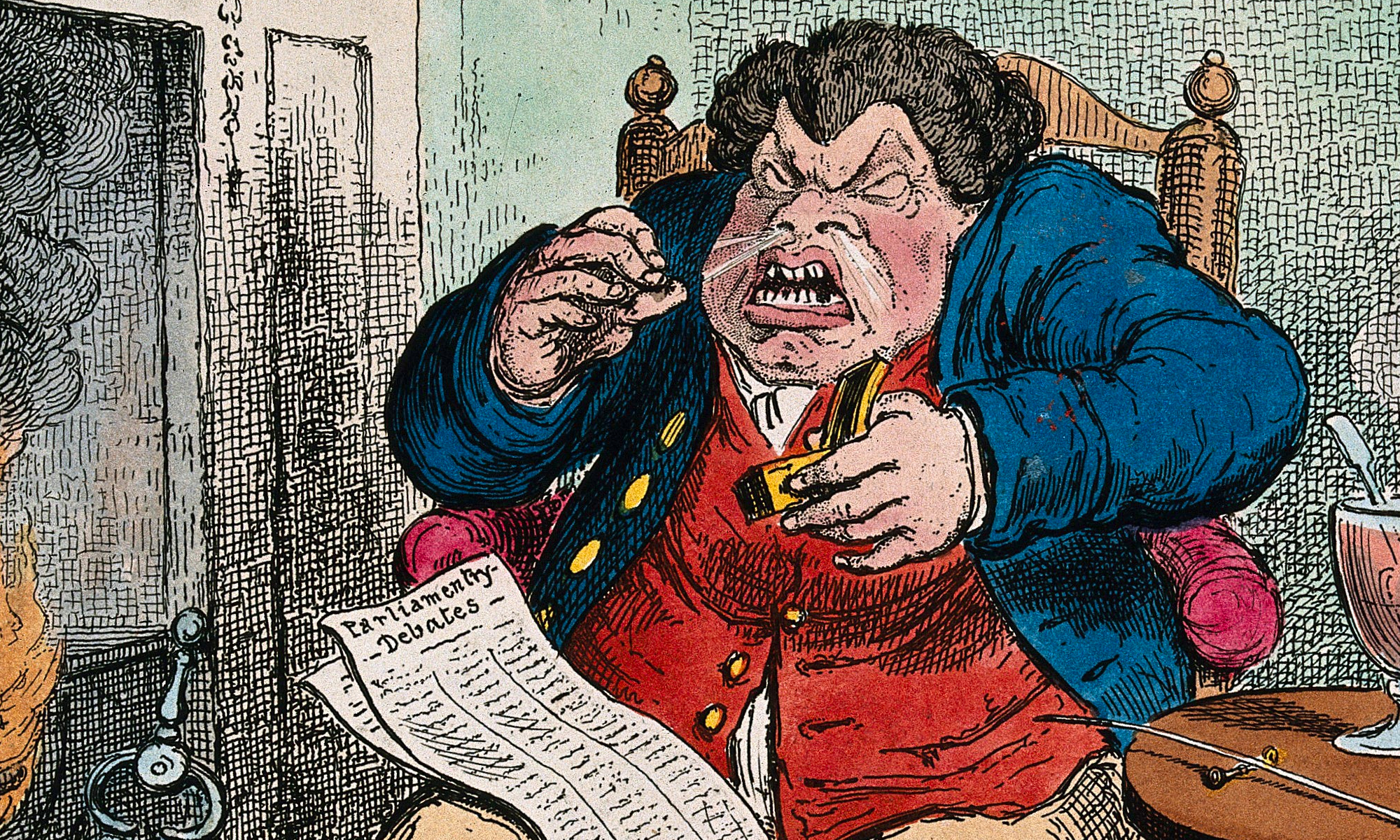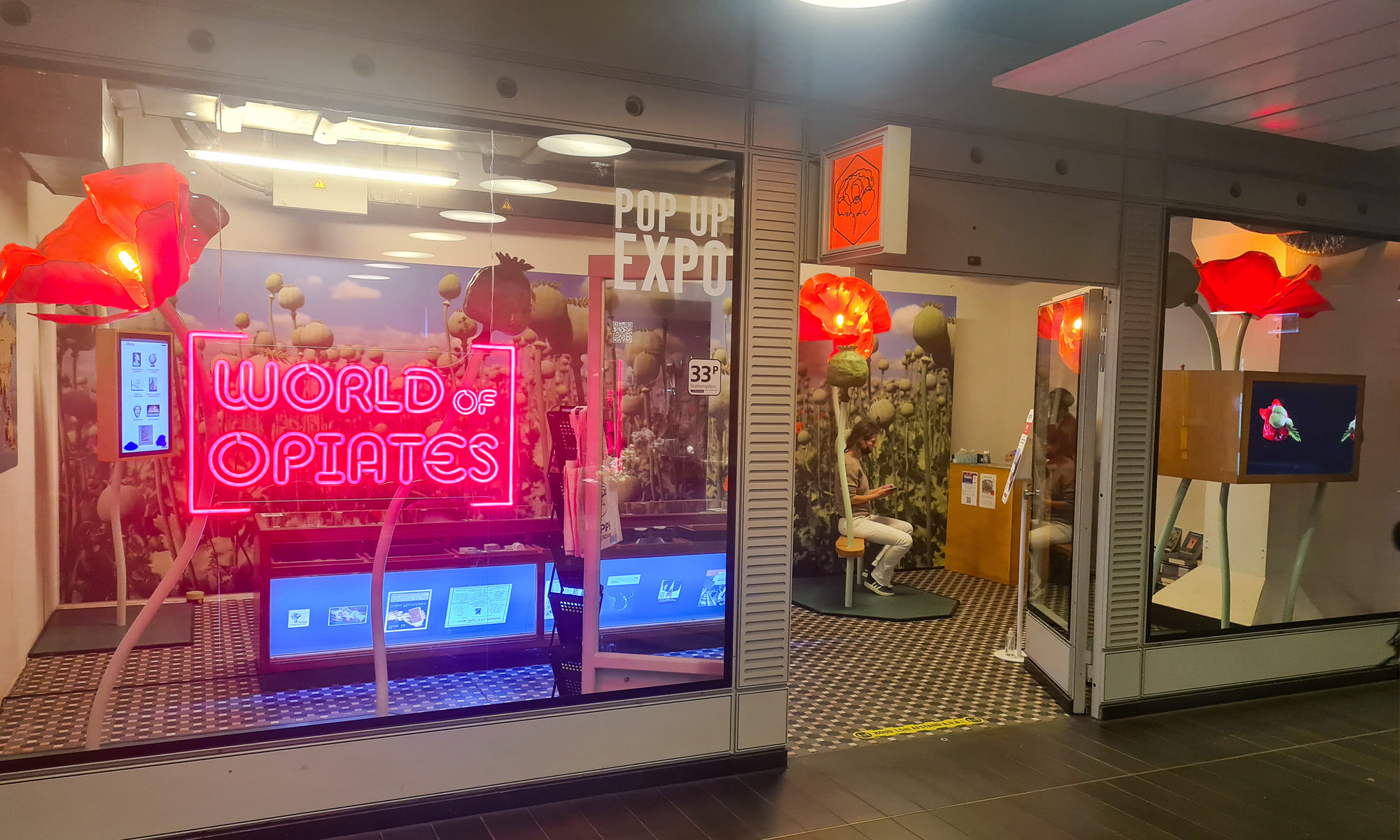From 3 December 2021–29 March 2022, our Utrecht research team will hold a free pop-up exhibition for the general public at Amsterdam Central Station, one of the city’s major thoroughfares. The interactive show, organised in conjunction with the Poppi Drug Museum and called Worlds of Opiates, invites visitors to explore the history of opium in Amsterdam and its associated public spaces in a global context. Drawing on the findings of the project, and incorporating data from the 1970s and 1980s produced by our HERA partner project Governing the Narcotic City and the Mainline Foundation for harm reduction, the exhibition features both physical and digital objects, as well as historic maps of opium distribution in Amsterdam. Visitors can open and investigate the drawers of an original apothecaries’ counter, watch slideshows, access additional information on their mobile devices via QR codes, or listen to lectures by historians on topics such as opium use among the eighteenth-century Dutch elite, early modern opium use in Scotland, or the drug’s connection with Afghanistan.
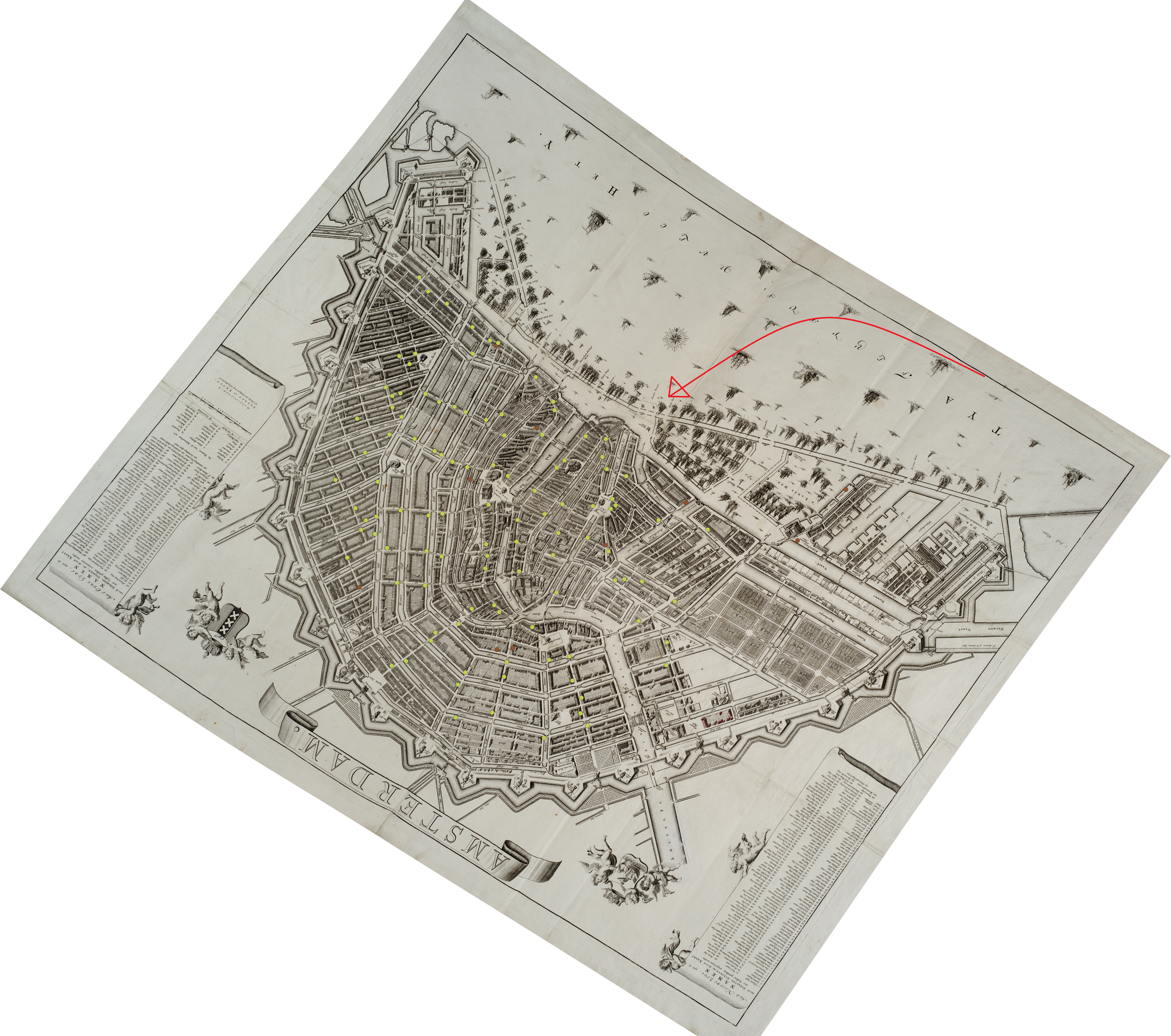
The exhibition introduces a general audience to what may seem like surprising results from the project. This 1749 map of Amsterdam, for example, reveals a city in which opium and opium-based products were brought in from Asia, auctioned in the city centre, and retailed in pharmacies in almost all neighbourhoods. There was not, however, an opium problem within the city’s public spaces. By exploring the exhibition, visitors can discover that opium was used until the twentieth century as medicine, as a sleeping drug, or to keep the children quiet, and sometimes for criminal purposes such as suicide, murder, or date rape.
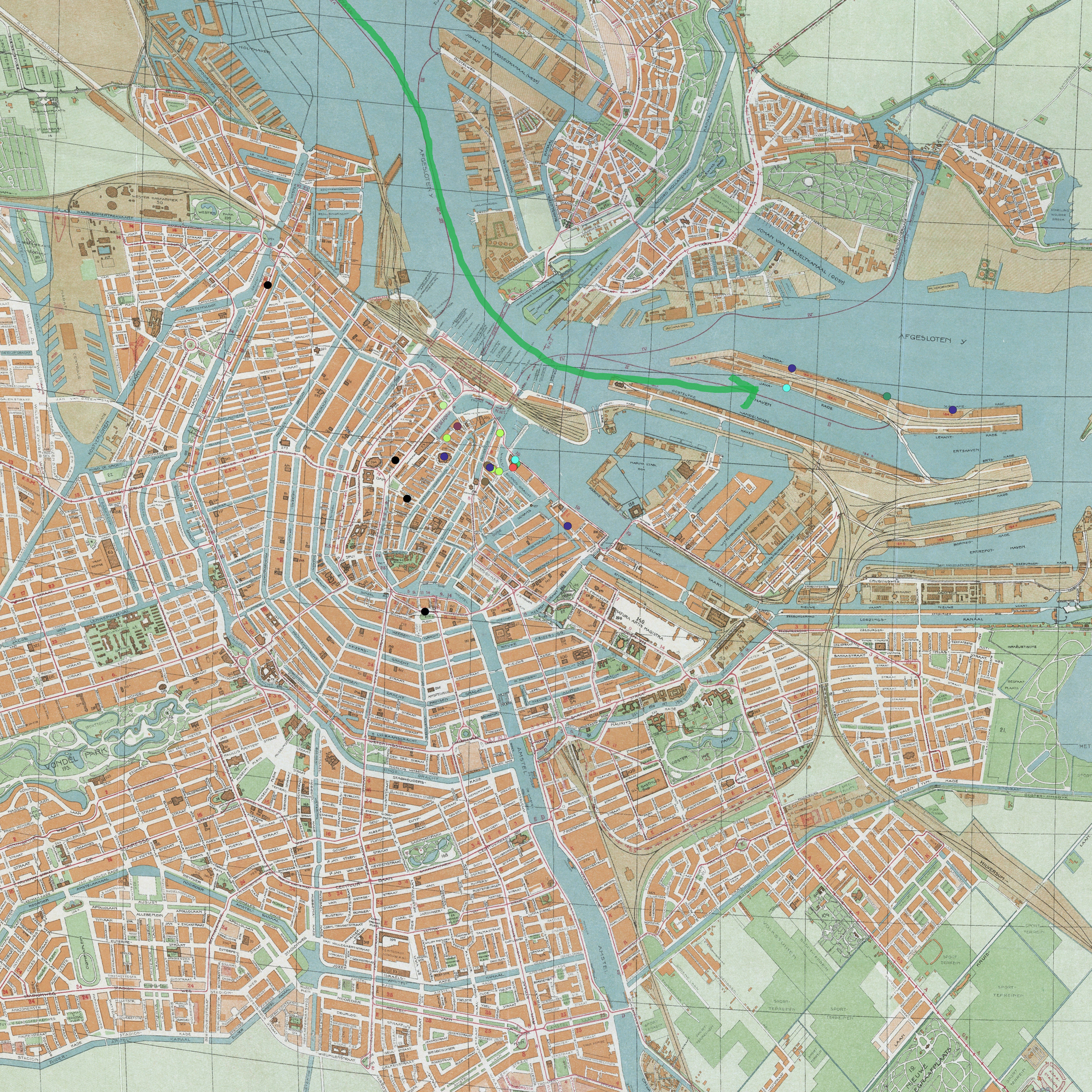
Following opium’s prohibition in 1920, this map of the 1920s–50s shows the existence of smuggling and increased consumption by Chinese migrants, which pushed distribution back to the harbour districts and into the city’s Chinatown. However, apart from occasional eruptions of gang warfare, opium use was still very much a private practice.

As this third map 1970–85 shows, new trade and consumption patterns replacing opium with the opiate heroin, and its adoption by a new culture of white and Surinamese users, led to a new and highly visible epidemic of drug use hitting the streets of Amsterdam, even though it was still concentrated in the same central areas as on the second map.
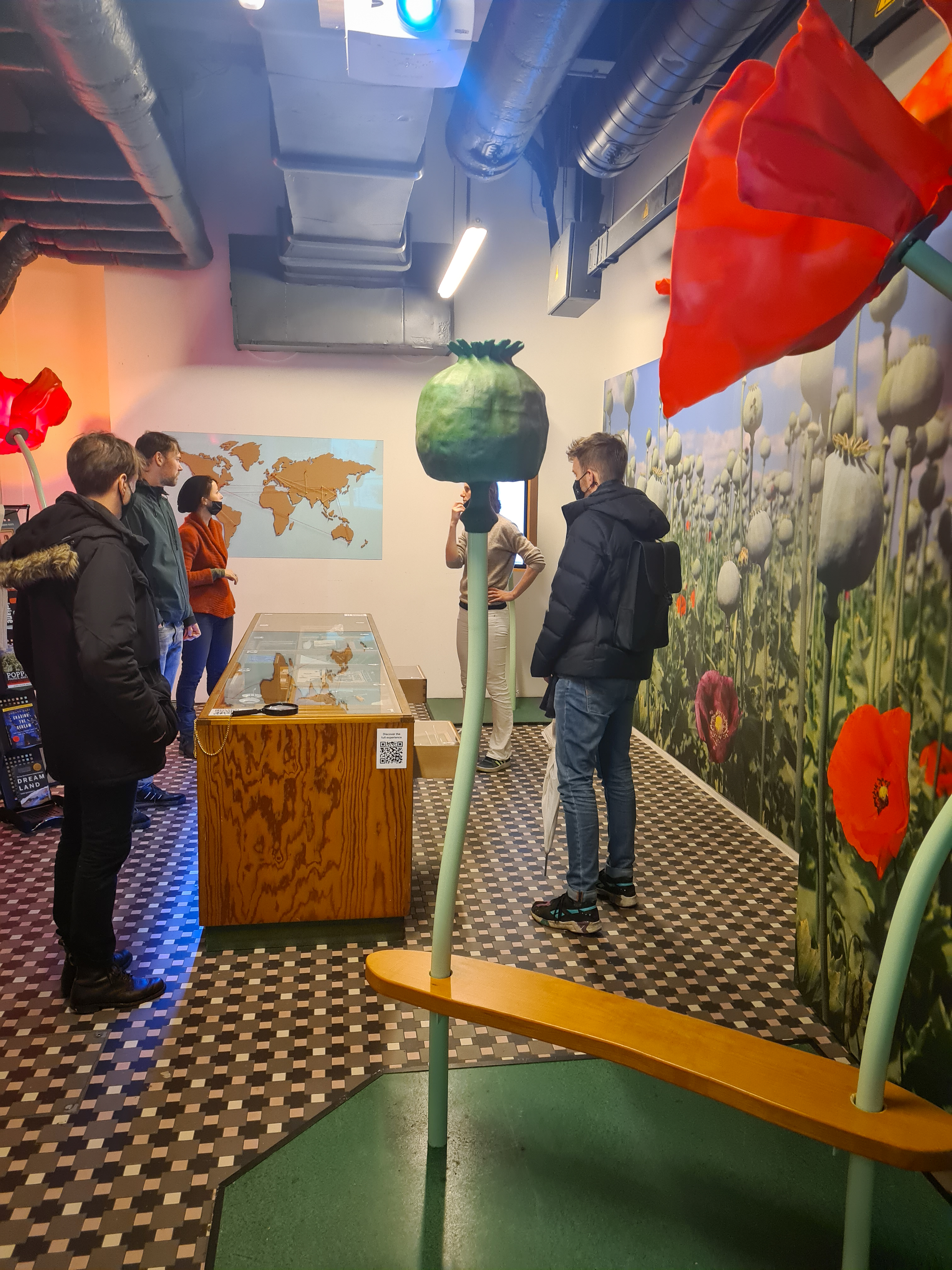
Unfortunately, shortly before the opening of the exhibition new coronavirus measures were imposed by the Dutch government. These originally included the closure of all shops and galleries after 5pm, and urgent advice for people to work from home, but have now been extended to a total lockdown. This rather reduces the number of people travelling through Amsterdam Central. However, the exhibition will now run through the second half of January, to allow people to visit after the lifting of restrictions on the 15th. Moreover, the Poppi Museum will keep the exhibition available for future events, while a virtual show is in development (watch this space!).
